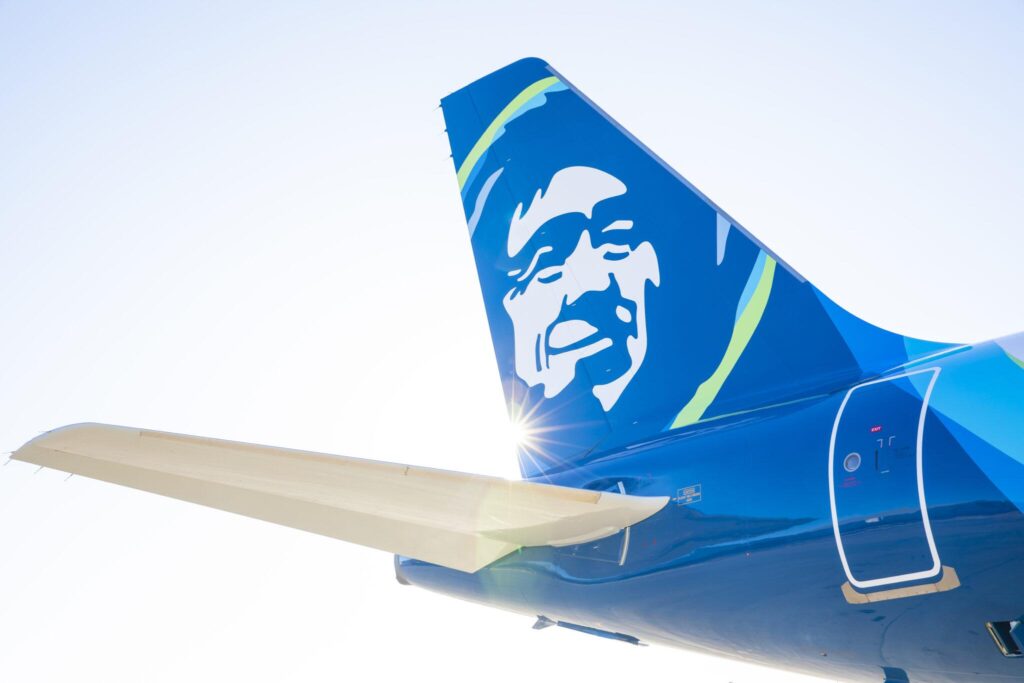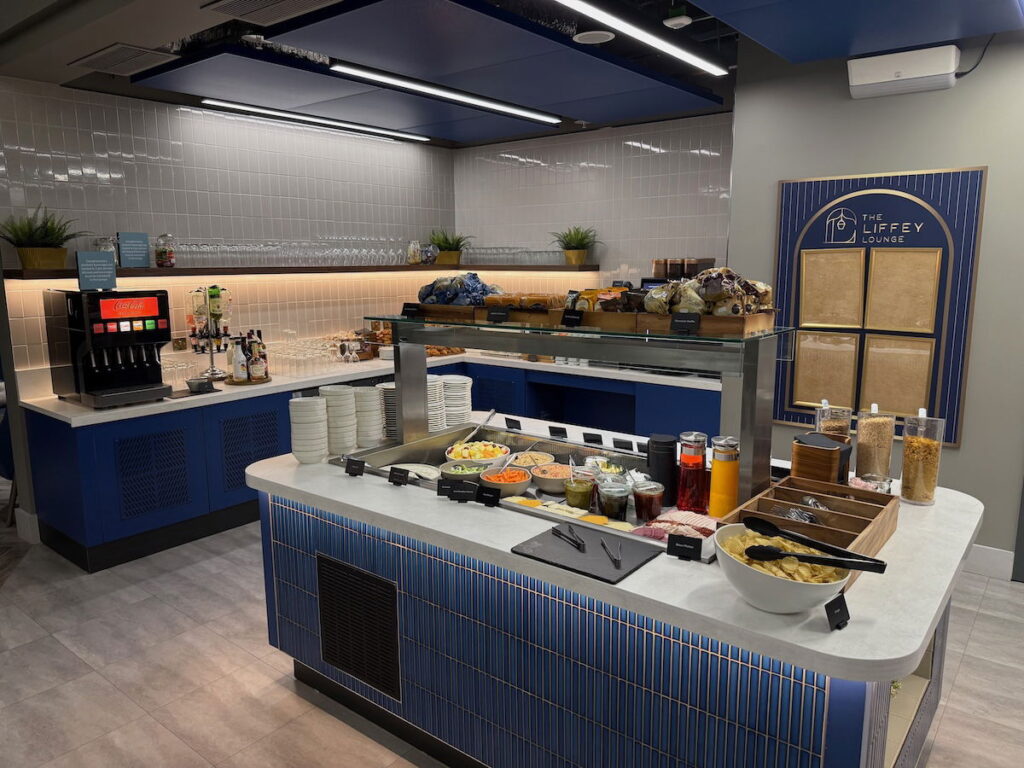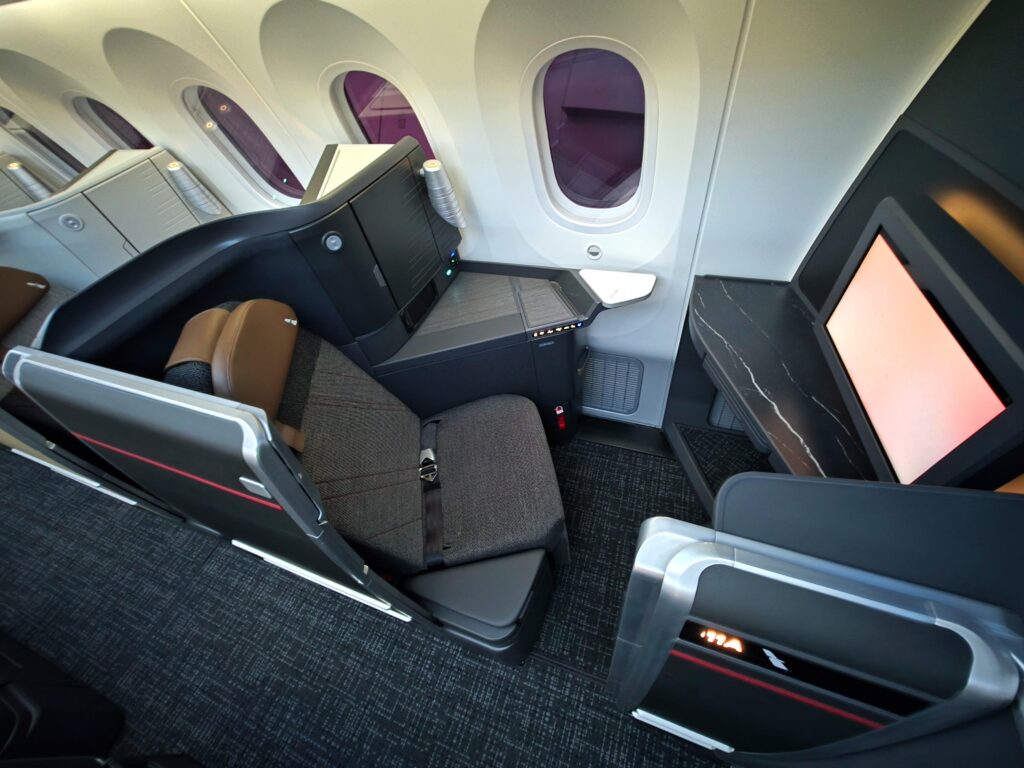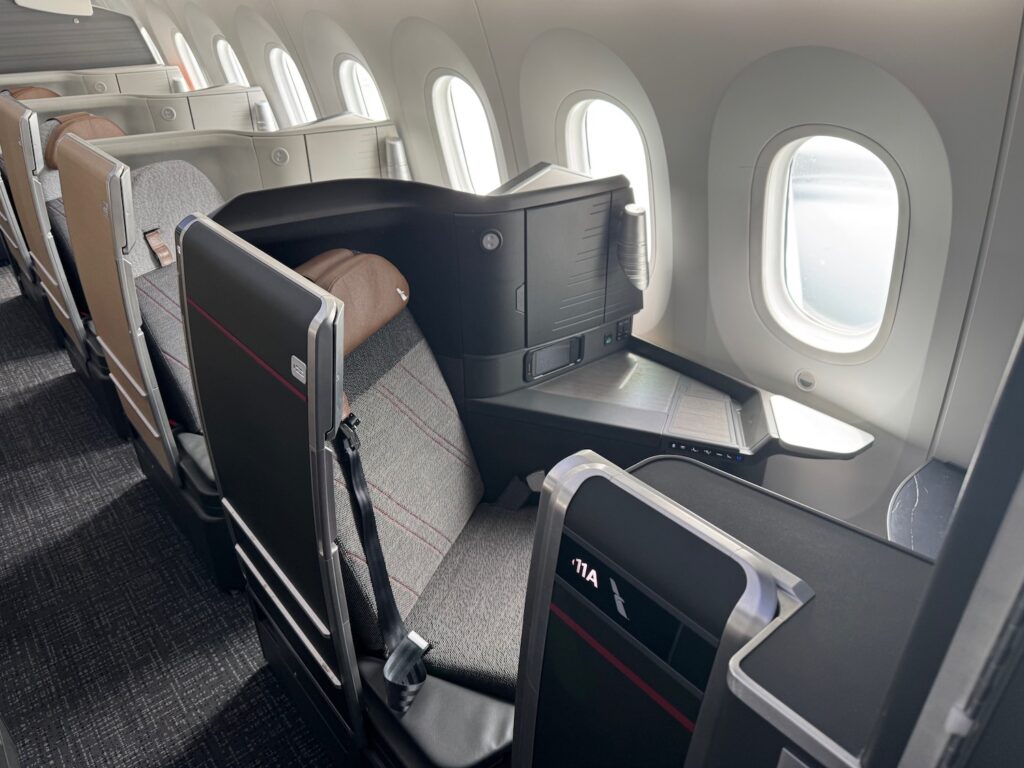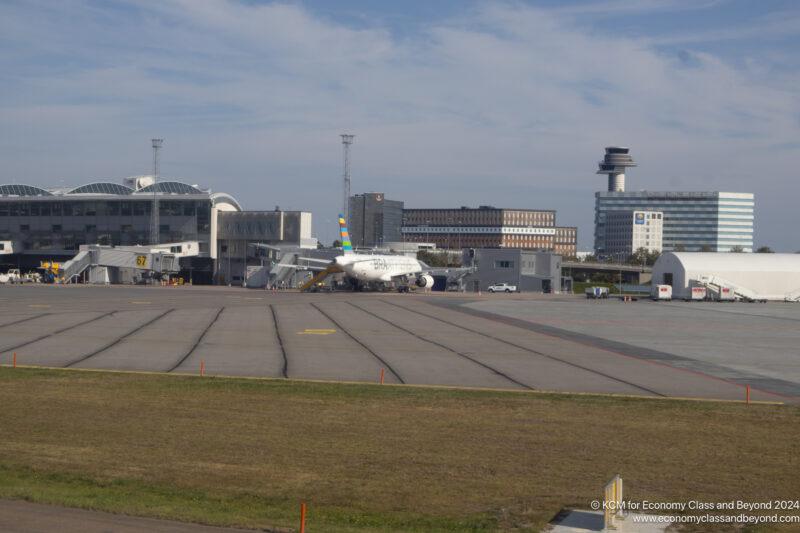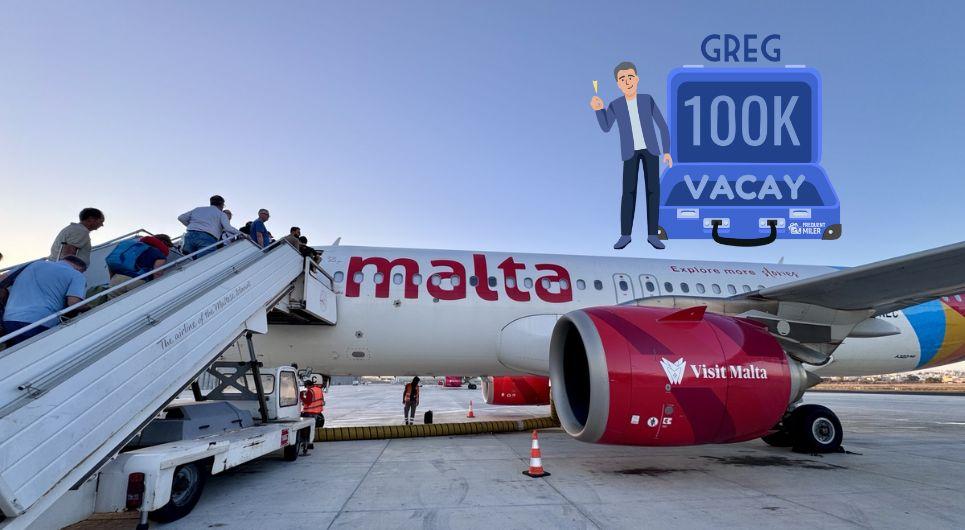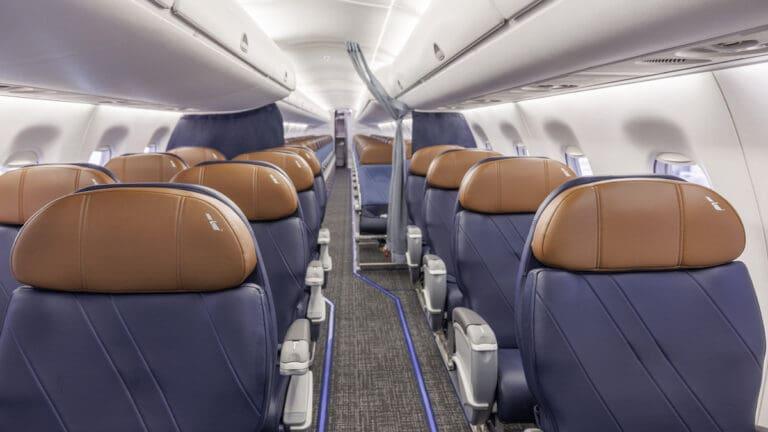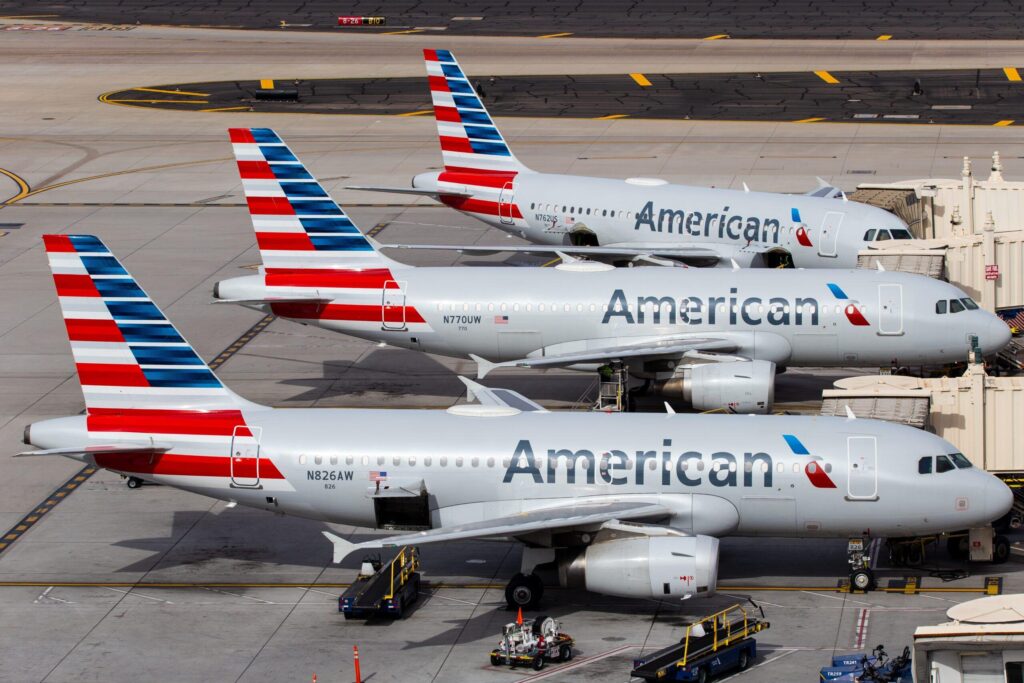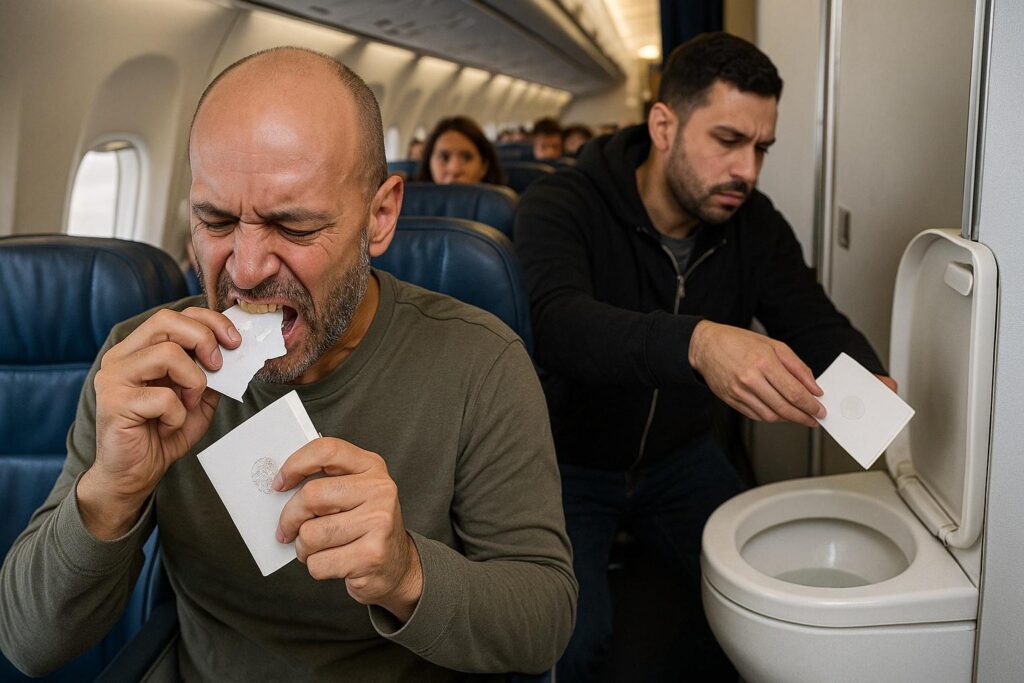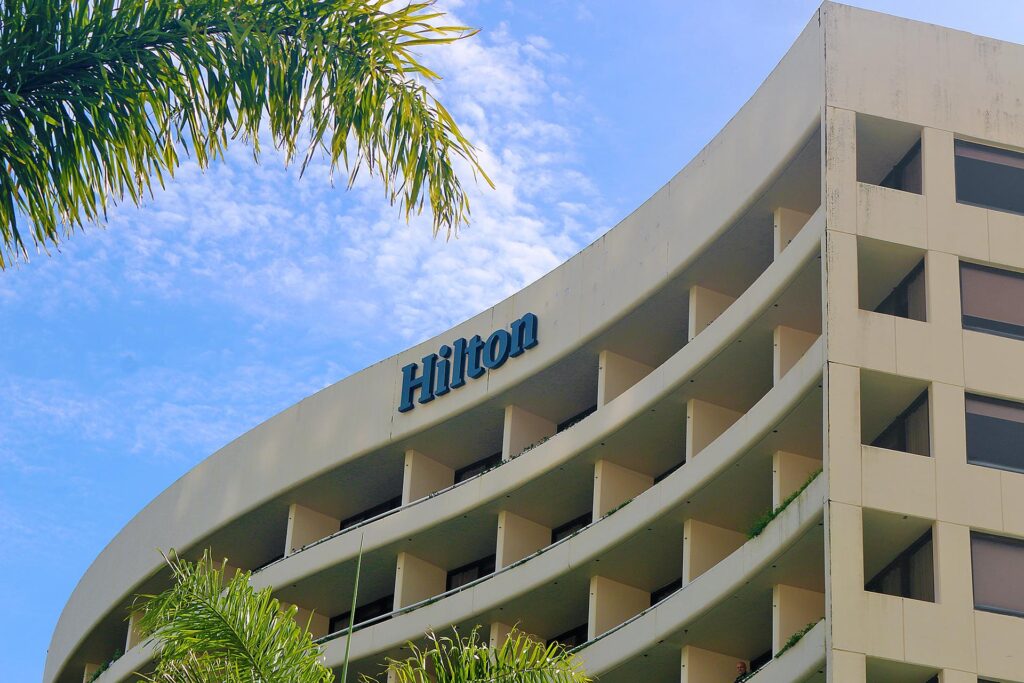
8 of the World’s Longest & Most Ruthless Flights
Ultra-long-haul flights continue to fascinate me, especially as I sift through countless industry reports and passenger feedback. The idea of boarding a plane in one hemisphere and stepping off in another, all without stopping, is a testament to modern aviation’s resilience and innovation. Below, I explore eight of the world’s longest routes, each presenting unique benefits for travelers who value efficiency and comfort.
1. Singapore Airlines: New York–Singapore

I’ve come across numerous testimonials praising Singapore Airlines for transforming what could be an exhausting 9,500-plus-mile journey into an immersive travel experience. According to publicly available flight data, typical durations run around 18 hours 40 minutes. In my observations, the Airbus A350-900ULR plays a key role, using advanced aerodynamic design and efficient engines. The airline’s meal offerings often highlight a fusion of Western and Asian dishes, while the seats are specifically tailored for long-haul comfort.
A recent study suggests that cabin humidity and air filtration systems on these newer aircraft can reduce dehydration and travel fatigue. Passengers have also commented on the expansive selection of in-flight entertainment, which can help make the 18-plus hours pass more smoothly. For frequent flyers, the airline’s KrisFlyer program remains a strong contender, often delivering worthwhile perks and upgrades for those willing to invest in loyalty.
2. Singapore Airlines: Newark–Singapore
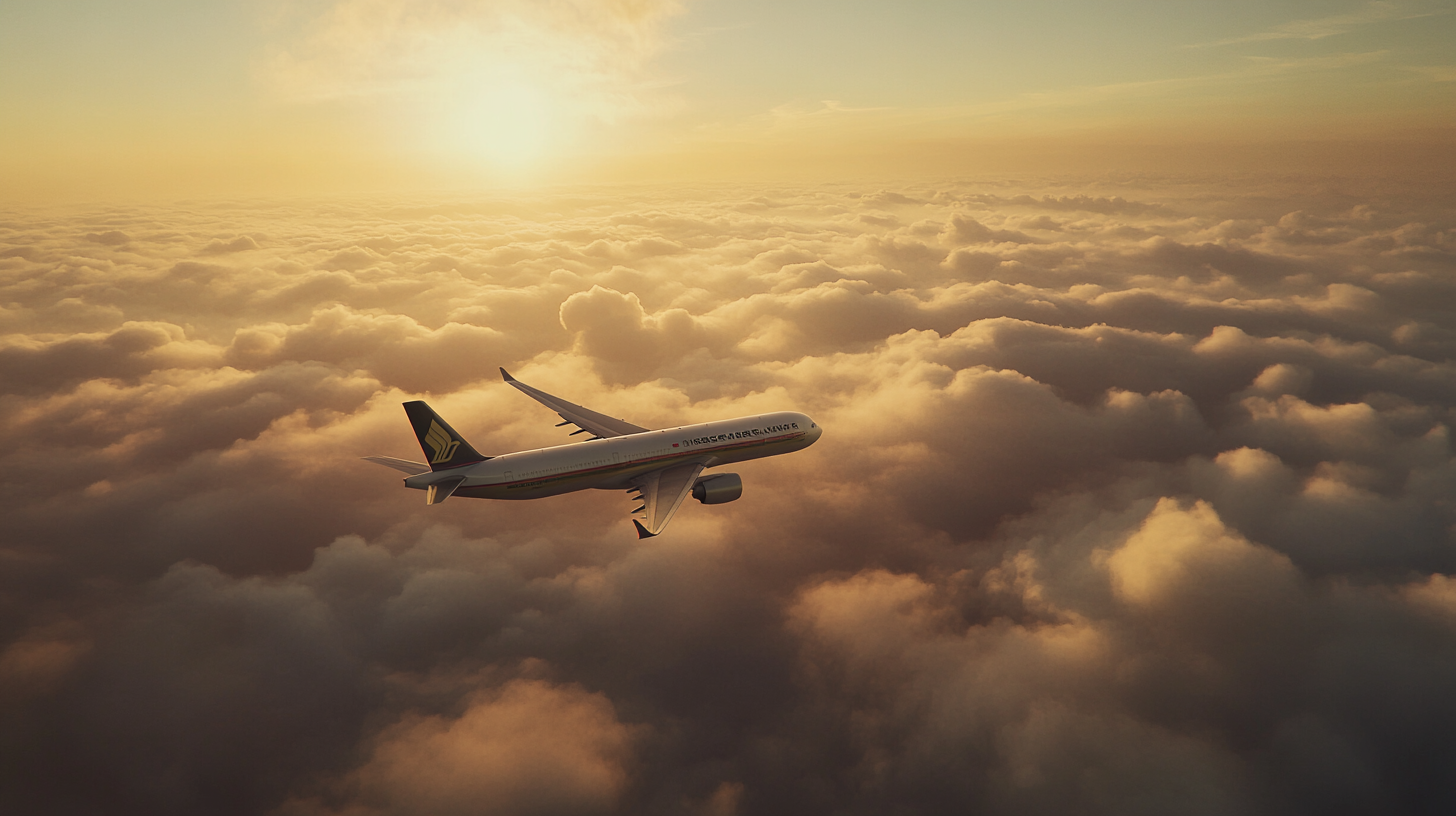
This route nearly mirrors the JFK–Singapore flight in distance and flight time. I’ve noticed that many travelers cherish the aircraft’s modified seats, designed to maximize usable space. Industry data shows flight times routinely pushing 18 hours, saving precious transfer time that connections might otherwise eat up.
In my own analysis, Singapore Airlines has managed to keep these ultra-long-haul flights not only feasible but also relatively serene. The airline’s crew training includes fatigue management strategies that ensure quality service remains unwavering, even after more than half a day in the air. This dedication to passenger well-being is one reason the airline stands out among global carriers.
3. Qantas: Perth–London
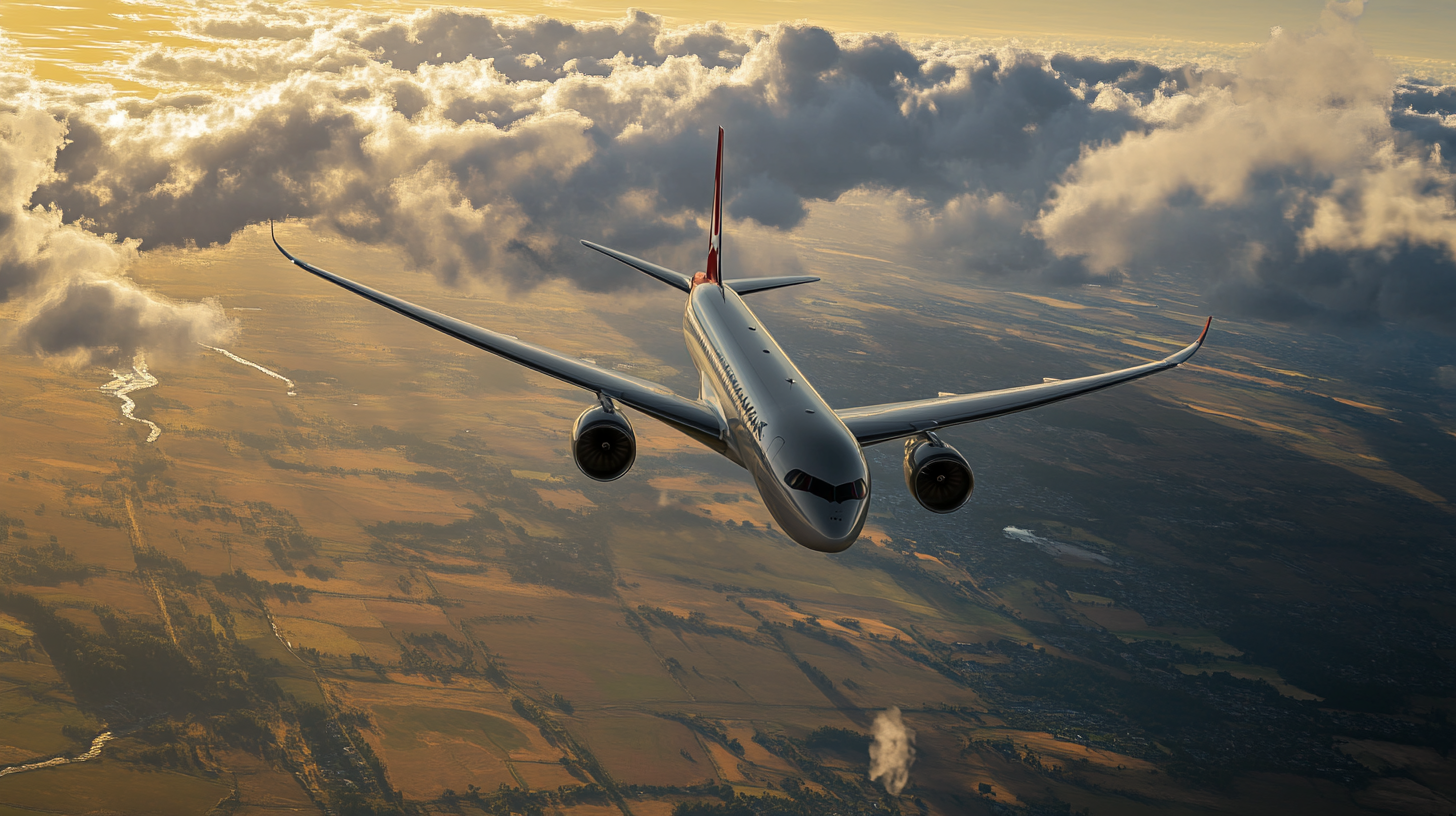
Qantas made a massive splash by linking Australia and Europe in one go. When I first read about its launch, I was amazed by the sheer ambition: traveling roughly 9,000 miles in just around 17 hours. The Boeing 787-9 Dreamliner, renowned for its improved cabin pressurization and heat management, provides a more comfortable environment compared to older aircraft models.
From personal research and accounts shared by frequent flyers, it appears that many appreciate the flight’s consistent meal service schedule and the well-structured rest periods. Qantas also capitalizes on partnerships within the Oneworld alliance, offering travellers benefits like lounge access in Perth and London. I’ve observed that these thoughtful touches can turn an ultra-long-haul trip into an almost seamless experience.
4. Qatar Airways: Auckland–Doha
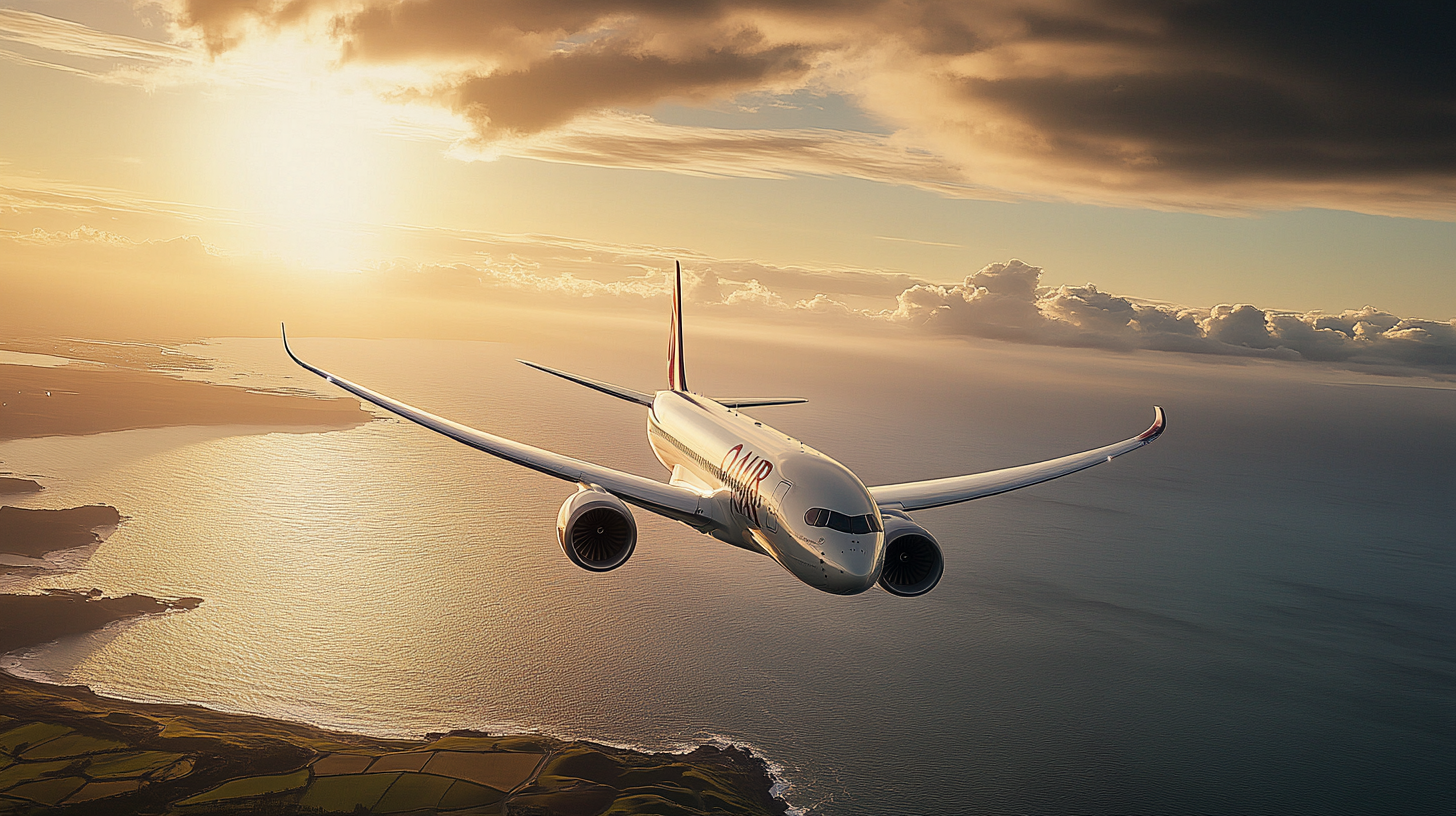
Qatar Airways operates one of the lengthiest routes across the globe, exceeding 9,000 miles. I find that the airline leverages state-of-the-art aircraft, such as the Boeing 777 and Airbus A350, to optimize fuel efficiency and passenger comfort. A 2019 industry report noted a consistently high on-time performance, reflecting the airline’s commitment to operational excellence.
In Business Class, travelers share how they enjoy fully flat beds, extensive entertainment libraries, and dining-on-demand. Economy passengers also benefit from generous legroom. This route is particularly important for business travelers wanting to connect from New Zealand’s financial hubs to destinations beyond Doha without losing hours in layovers.
5. Air Tahiti Nui: Papeete–Paris
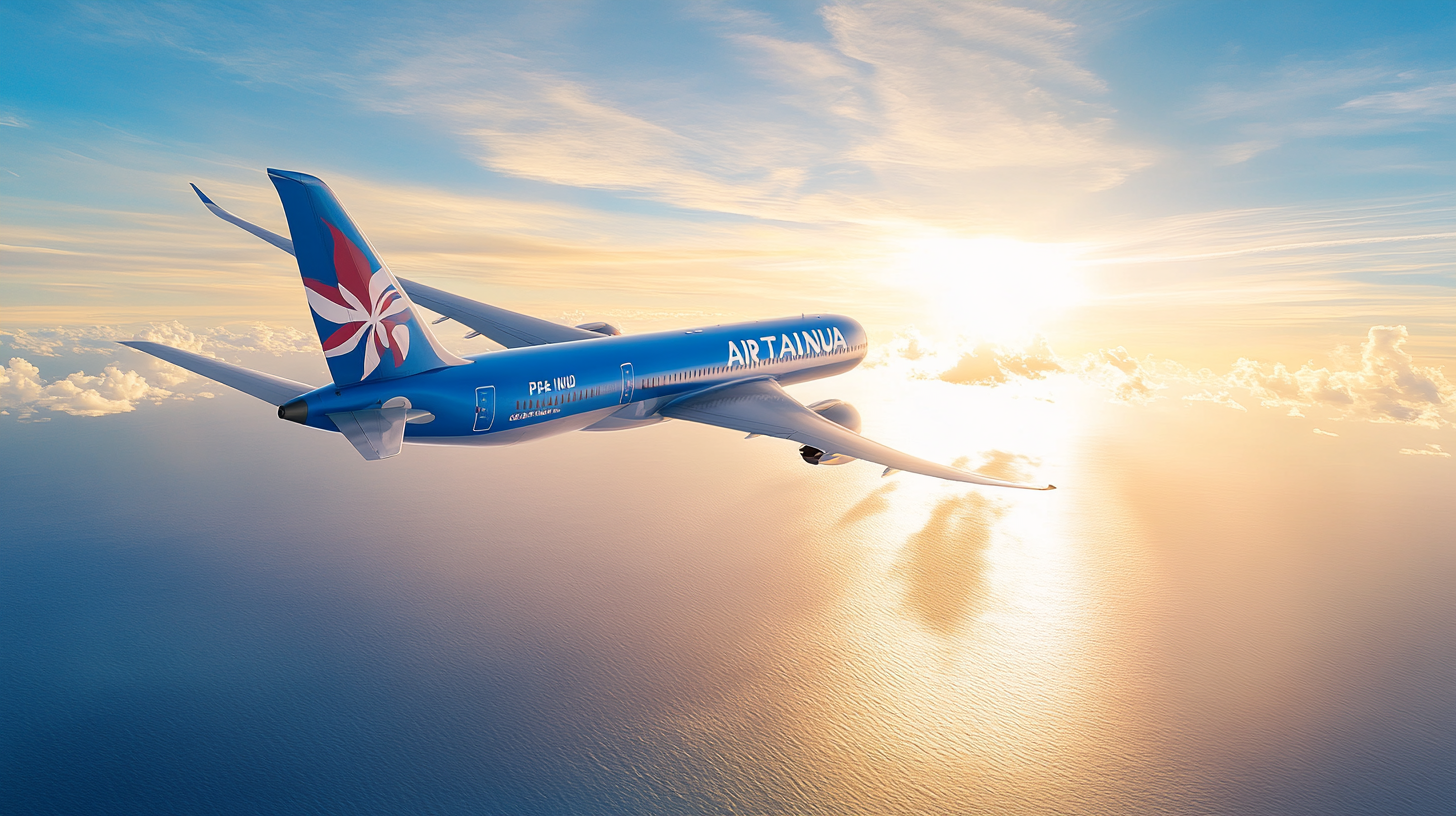
This flight serves as a viable gateway between the idyllic islands of French Polynesia and mainland Europe. Flying over 9,500 miles can sound daunting, but I’ve found that the airline infuses a sense of tropical hospitality into the entire journey. Flight attendants often greet travelers with a robust welcome, reinforcing the island vibe even at cruising altitude.
According to airline press releases, the wide-body jets on this route feature modern cabin configurations that help reduce passenger fatigue. I’ve also noted frequent mention of inflight amenities themed around Polynesian culture. The result is an ultra-long-haul journey that doesn’t feel detached from the vibrant spirit of Tahiti, a pleasant surprise many passengers rave about.
6. American Airlines: Dallas–Brisbane
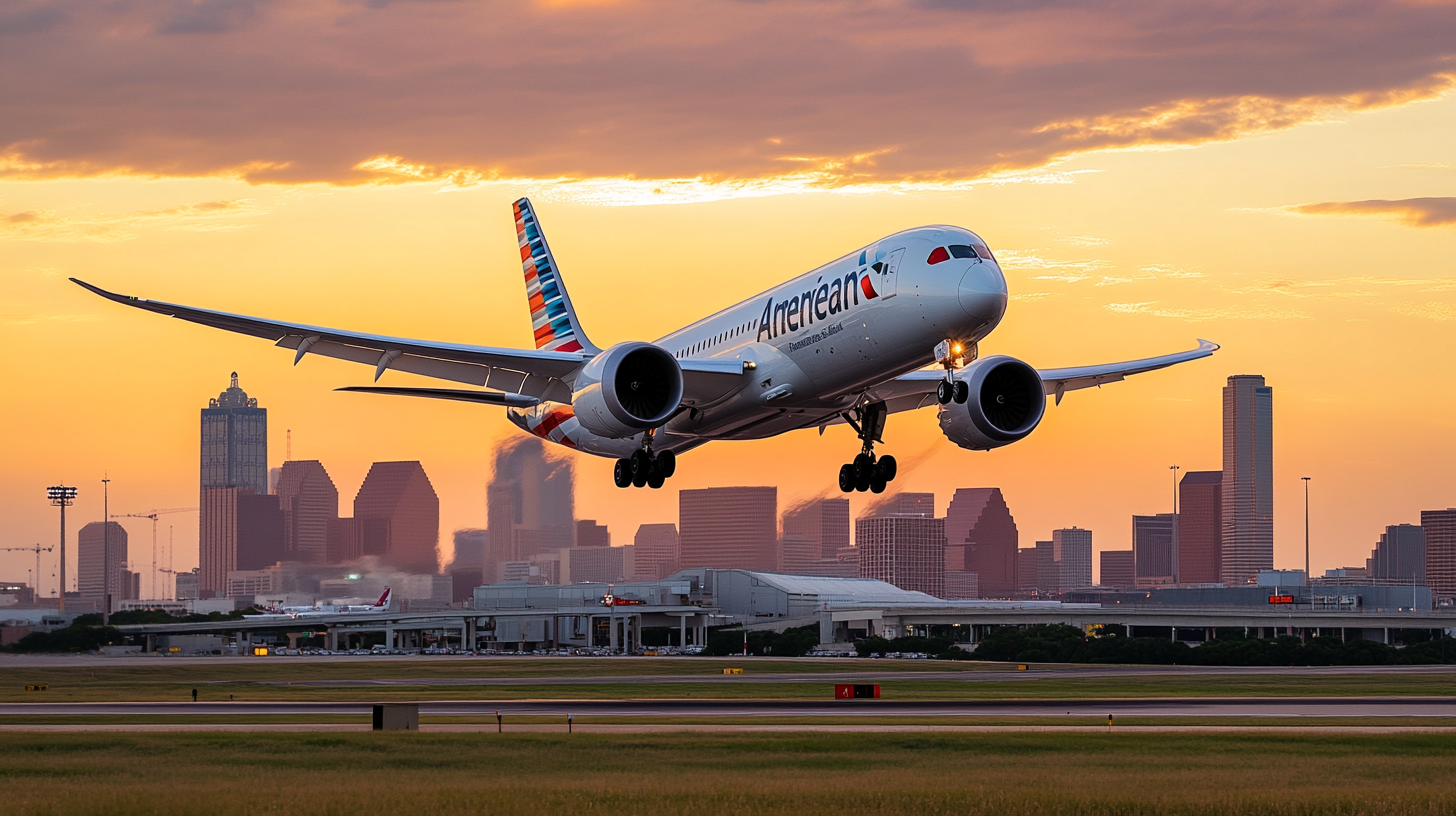
When American Airlines launched its longest route from Dallas to Brisbane, it marked a new era for U.S.–Australia connectivity. Covering more than 8,000 miles in over 17 hours, the Boeing 787-9 Dreamliner anchors the operation. I’ve read detailed cabin reviews that emphasize the airline’s Flagship Suite, known for providing privacy doors, ample storage space, and convertible lie-flat seating.
From an industry perspective, nonstop service between Texas and Queensland opens up direct commerce and tourism links once reliant on multiple stopovers. I’ve personally tracked flight schedules that indicate stable arrival times, underscoring American’s reliability on this route. For frequent flyers looking to minimize complexities, this flight reduces the unpredictability associated with layovers in the Pacific region.
7. Air India: San Francisco–Bengaluru
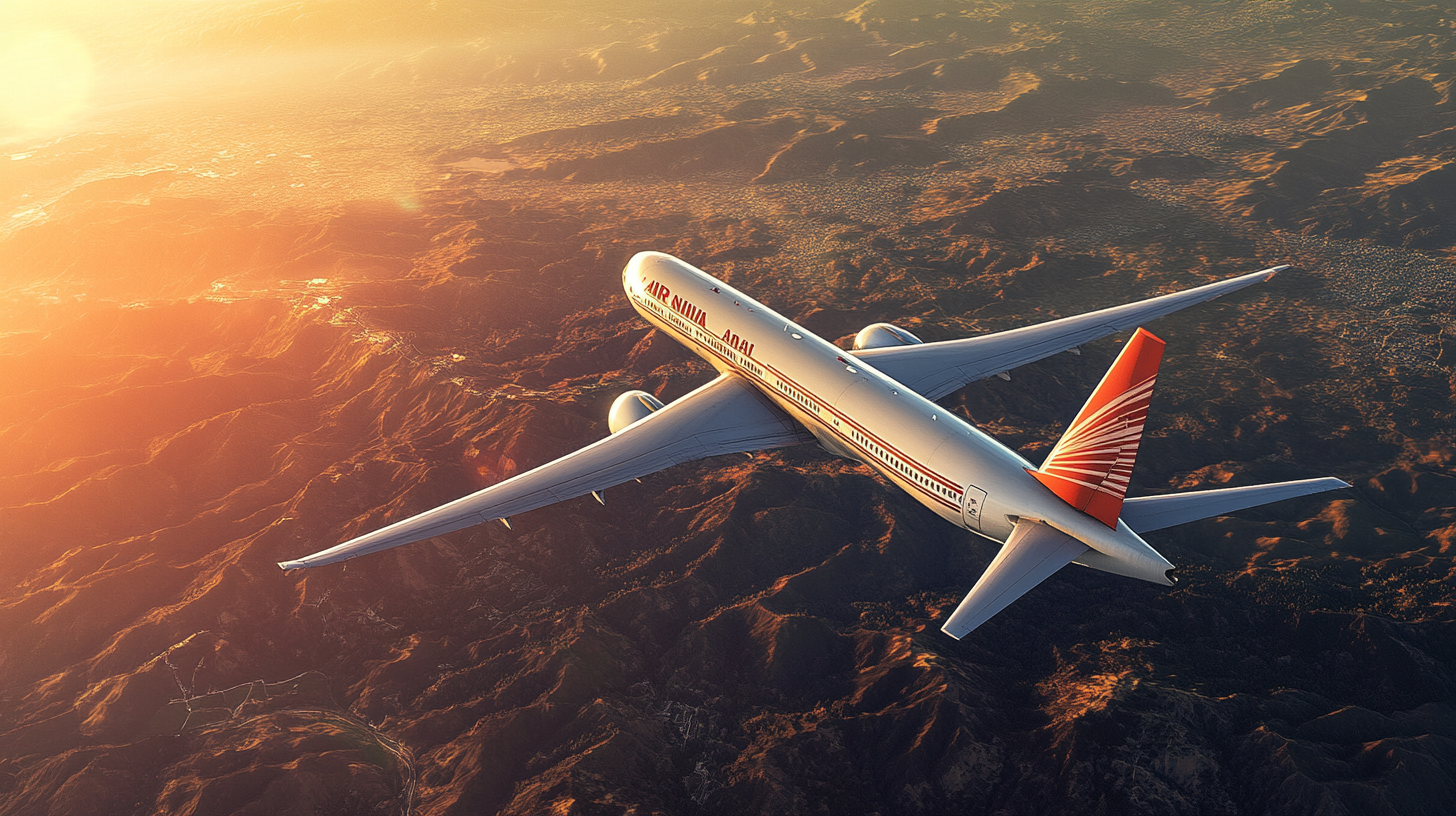
As of this year, 2025, Air India‘s entry into the ultra-long-haul category with San Francisco–Bengaluru is still relatively fresh. I’ve perused official press materials pointing to advanced Boeing 777 or 787 aircraft being used here, tailored to handle extended flight times. The route itself is widely celebrated in the tech communities, linking two pivotal innovation hubs in one direct flight.
My discussions with frequent tech-sector travelers suggest that in-flight Wi-Fi, consistent power outlets, and specialized meal offerings are particularly valued. Air India’s staff training also leans heavy on cultural sensitivity, ensuring travelers from varying backgrounds feel at ease. It’s all part of a strategy to secure a lasting foothold in competitive transcontinental markets.
8. Qantas Project Sunrise: The Future
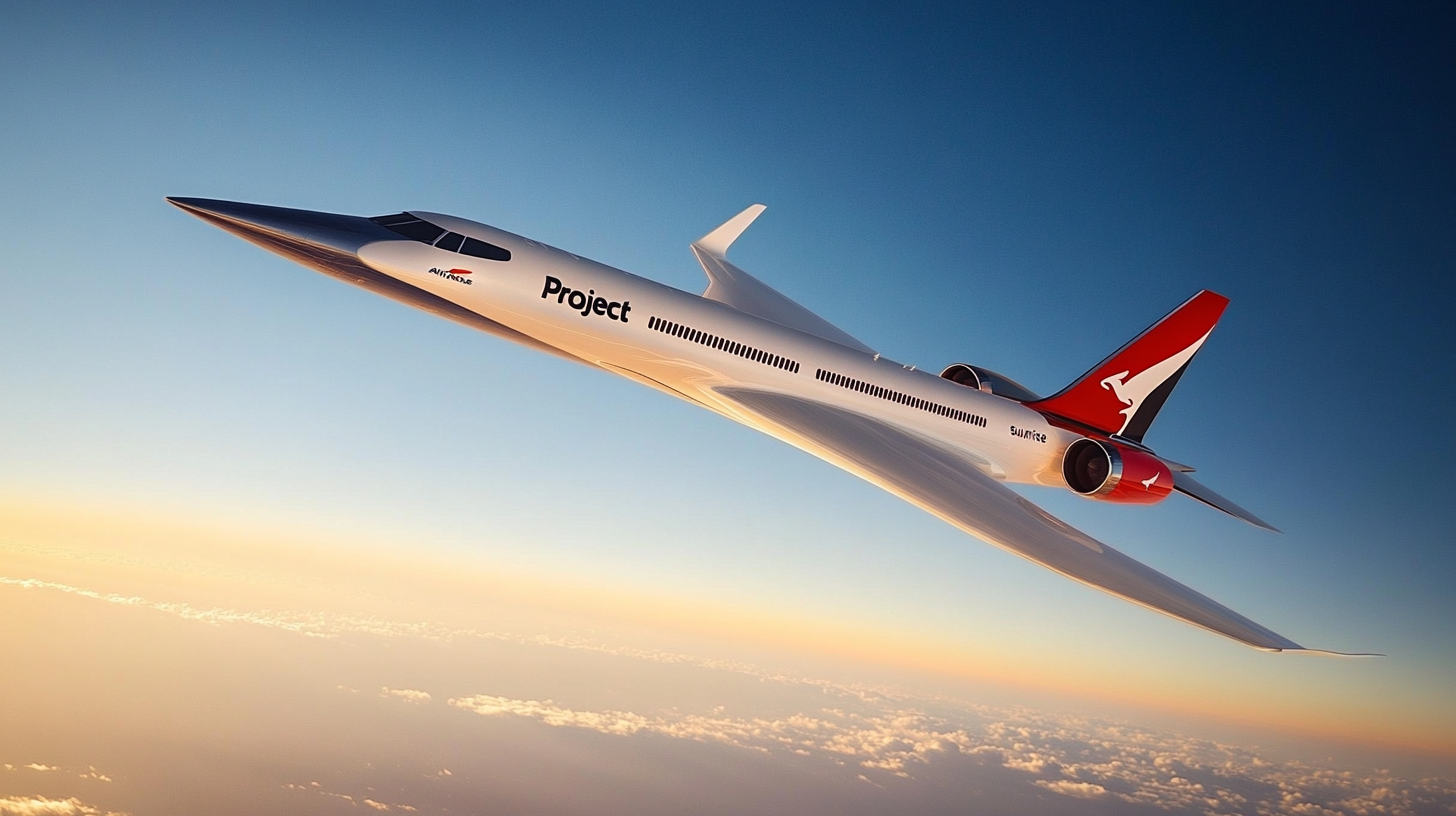
Qantas’ Project Sunrise is poised to redefine just how far nonstop flights can go. Slated to begin by the end of 2025, the airline aims to connect Sydney directly with London and New York in roughly 20-hour flights. The plan is to use Airbus A350-1000s equipped with next-generation engines promising substantial fuel efficiency.
Reports from Qantas hint at cabin designs specifically engineered for these extended journeys—spacious seating, innovative lighting systems, and well-thought-out rest areas designed to keep jet lag in check. Passengers could witness some extraordinary phenomena, like experiencing two sunrises on the same flight, an anecdote that has already intrigued global aviation enthusiasts. The sheer magnitude of the flight underscores the airline’s vision for linking major cities without compromising on service quality.
Final Thoughts

Ultra-long-haul flights epitomize how far the aviation world has come, reshaping both business and leisure travel. Having researched these routes, it’s clear that airlines now place a heavy focus on everything from seat design to meal planning and in-flight entertainment, with passenger well-being taking center stage. Whether you’re crossing the Pacific, traversing Europe to Oceania, or linking major global cities, these boundary-pushing flights prove that comfort and distance need not be mutually exclusive.
I’ve observed that industry consolidation and alliances offer easier points accrual, better route coverage, and smoother transits. When combined with the latest aircraft technology, it’s not just about arriving faster—it’s about arriving refreshed. With each new long-haul announcement, air travel edges closer to bridging the world in a single leap.
Sky Skylar’s Take
Spending time researching these routes makes me appreciate how determination and imagination drive the travel industry forward. The dream of a single-hop flight across the globe once felt impossible, but these airlines keep pivoting toward bigger ambitions, investing in environmental stewardship and customer satisfaction.
For anyone unafraid of spending half a day in the sky, these flights can be more than a means to an end; they can be an experience. Personally, I enjoy seeing how airlines weave cultural elements into the journey, offering glimpses of a destination before the plane even lands.
BoardingArea is your gateway to staying connected with the world of travel.
- If you’re curious about enhancing your travel experience, check out Experience Elevated Comfort: A Comprehensive Guide to Singapore Airlines Premium Economy for insights into what makes their Premium Economy stand out.
- Dive into Inside Qantas Business Class: A Frequent Flyer Guide to discover what makes flying with Qantas Business Class a unique experience for frequent flyers.
- Learn what sets Emirates’ Premium Economy apart from the rest by exploring Inside Emirates Premium Economy: A Frequent Flyer’s Guide.
- For those interested in premium comfort, A Frequent Flyer’s Look at Air New Zealand Premium Economy offers a deep dive into what Air New Zealand’s Premium Economy has to offer.
- Discover how to make your next flight more comfortable with Air New Zealand Skycouch: A Cozy Upgrade for Frequent Flyers, a perfect upgrade for frequent flyers.


